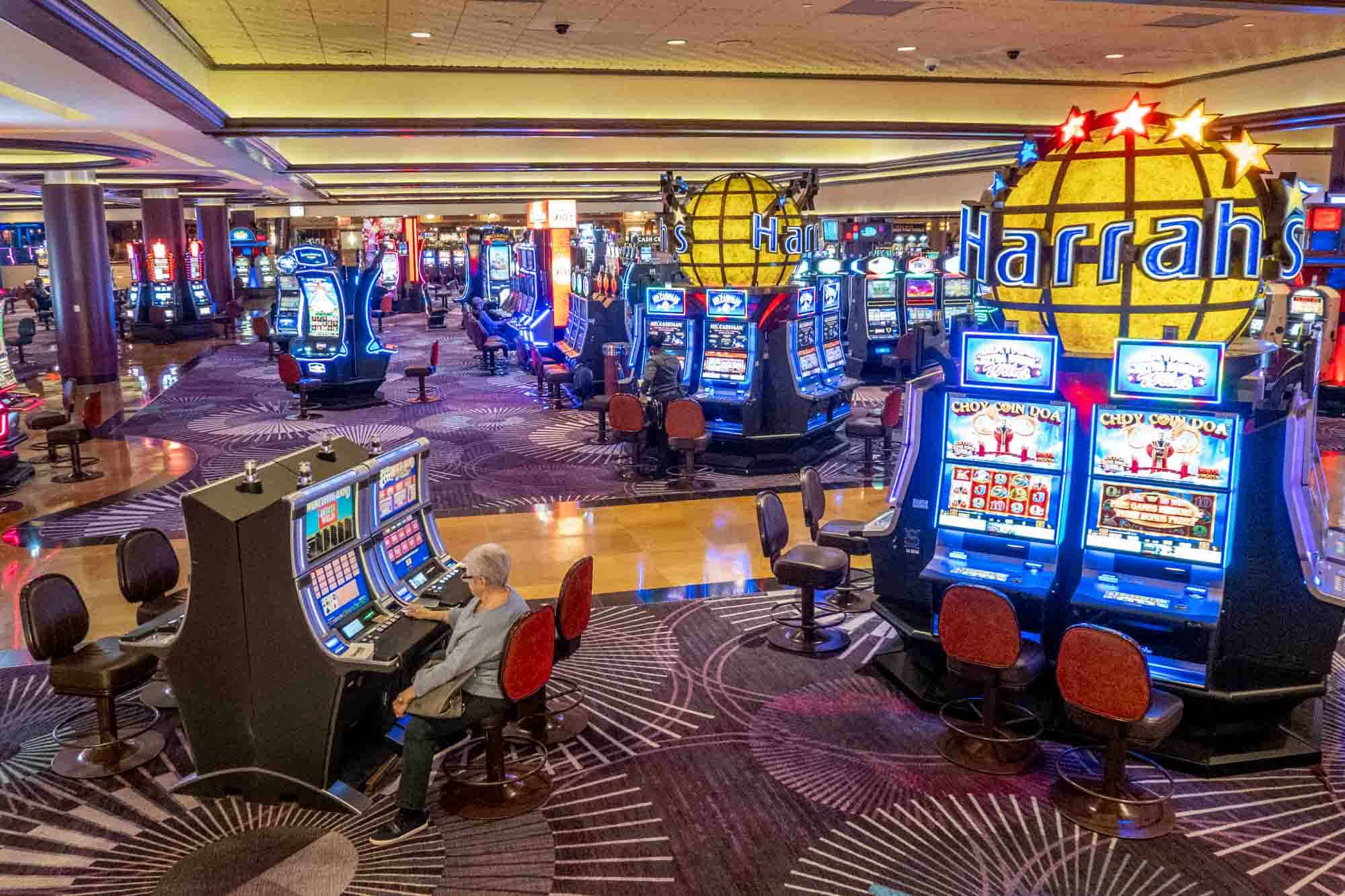
Casino games have long captivated people’s attention, drawing gamblers into a realm filled with fortune, planning, and the allure of adventure. Each game is carefully crafted not just for fun, but also to elicit specific emotional responses that keep participants immersed and interested. Understanding the drives behind these designs reveals much about how human psychology plays a vital role in the gaming experience.
From the vivid lights and dynamic sounds to the sophisticated layering of systems and rewards, casino games are designed to create an atmosphere of anticipation and anticipation. Game designers leverage behavioral strategies to influence participant behavior, whether through the use of jackpots, near-miss scenarios, or social interactivity. By examining these elements, we can better appreciate how casino games fulfill not just a need for entertainment, but more profound psychological needs for thrill and uncertainty.
Grasping Player Actions
Casino games are engineered with a thorough comprehension of player psychology, which is crucial for attracting and keeping players. The excitement of the game, combined with the anticipation of winning, produces a strong draw. Game designers utilize elements like sonic elements, colorful graphics, and captivating gameplay to engage attention and generate emotional responses. These sensory effects enhance the overall experience, making players feel more attached in the game.
Another notable aspect of player behavior is the idea of risk/reward dynamics. Casino games often weigh high-stakes situations with the potential for substantial rewards, which can lead to the occurrence known as near-miss effect. When players come within reach to winning, the brain secretes dopamine, reinforcing their behavior and prompting them to keep playing in pursuit of that fleeting win. This cycle of hope and letdown plays a crucial role in how games are constructed and promoted.
Lastly, social elements also play a critical role in player behavior at casinos. Many games are made to be played in groups or with other players, creating a sense of togetherness and communal experience. The community engagement inherent in games like blackjack enhances enjoyment and can lead to extended gameplay. Designers leverage on this by crafting environments that prompt players to stay, connect, and come back, making the overall casino experience more inviting.
The Role of Visuals and Audio
Visuals and sound play a vital role in improving the player’s experience within casino games. Designers utilize vibrant colors, eye-catching graphics, and captivating animations to grab gambler’s attention and hold their focus. The use of themes, such as exploration or opulence, helps create an enthralling atmosphere that transports players into a different world. By connecting to the senses, these elements add to a heightened emotional response, prompting players to engage more profoundly with the games.
Audio design is equally important in enhancing the overall experience of casino games. The combination of ambient music, audio effects for winning combinations, and environmental noises creates an sound landscape that keeps players enthralled. Audio cues associated with wins, such as chiming bells or festive music, evoke feelings of thrill and satisfaction, prompting players to keep playing. These sound cues are carefully placed to amplify the excitement of the game and create a more engaging experience.
Moreover, the alignment of imagery and sound is essential for supporting the game’s overall concept and mood. Each element should coordinate seamlessly to create a cohesive experience that pulls players in. The effective use of this synergy not only improves user enjoyment but also increases the likelihood of return play, as players become more invested in the immersive world that the casino games offer. This thoughtful integration of imagery and audio ultimately enhances player engagement and commitment.
Reward Structures and Engagement
The design of casino games heavily depends on reward structures to ensure players engaged and coming back for additional experiences. These systems are based in psychological theories that exploit human nature and motivation. Participants are often motivated by the thrill of winning, which is supported by immediate feedback through the game’s mechanics. u8888.today This instant gratification not just improves the overall experience but also fosters a sense of success, prompting players to keep playing in hopes of bigger gains.
Gaming establishments adopt various reward structures, including jackpots, extra rewards, and increased rewards, to captivate participants. These elements create a layer of thrill that maintains engagement. Additionally, the randomness of results plays a crucial role in keeping attention. The intermittent reinforcement schedule, where wins are unpredictable but happen often enough, keeps players on edge and motivated to continue participating. This cycle of anticipation and expectation is foundational to the success of gambling experiences.
Moreover, social elements, such as competitive events and multiplayer features, enhance the engagement factor by leveraging the desire to compete of participants. The shared experience of gaming with others can intensify the excitement of success and create a community atmosphere within the casino. By combining these community elements with effective incentive structures, casino games not only provide entertainment but also foster a stronger connection among players, reinforcing their loyalty to the gaming experience.
